#cuban macaw
Text

[2855/11080] Cuban macaw - Ara tricolor
(extinct)
Order: Psittaciformes (parrots)
Superfamily: Psittacoidea (true parrots)
Family: Psittacidae (holotropical parrots)
Subfamily: Arinae (neotropical parrots)
Image credit: Jacques Barraband (circa 1800)
#birds#Cuban macaw#Psittaciformes#Psittacoidea#Psittacidae#Arinae#Ara#birds a to z#extinct#undescribed#25% - 50%
71 notes
·
View notes
Text
Animal of the Day!
Cuban Macaw (Ara tricolor)

(Painting by Jacques Barraband)
Extinction Date- 1864
Habitat- Cuba
Size (Weight/Length)- 50 cm long
Diet- Seeds; Fruits
Cool Facts- The Cuban macaw was widespread throughout Cuba but, unfortunately, little is known about their behavior. They were thought to have nested in hollow trees and live in small flocks. They most likely ate hard seeds, like palm nuts, and tough fruits, crushing them with their beak. Cuban macaws were originally hunted for their feathers and meat by native peoples but when Europeans arrived in the 15th century, they were prized cagebirds. The macaws were captured alive and shipped off to Europe to be sold as a pet. A massive hurricane was the nail in the coffin and the rest of the macaws were wiped out. Scarlet macaws remain as the Cuban macaw’s closest relative. While scarlet macaws are considered least concern, they are still threatened by the pet trade and hunting in a similar manner to the Cuban macaw. Conservation efforts to prevent illegal poaching for both dead and alive macaws is in effect throughout their native range.
Rating- 11/10 (One of the smallest macaws and one of the most brilliantly colored.)
#animal of the day#animals#birds#macaw#sunday#october 7#cuban macaw#biology#science#conservation#the more you know#extinct#painting#extinctober#scarlet macaw
173 notes
·
View notes
Text
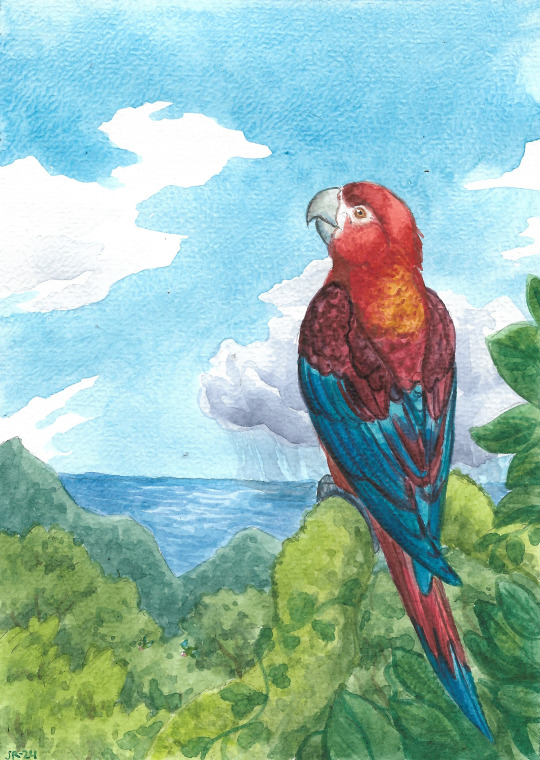
cuban macaw
64 notes
·
View notes
Text
bird. (reference under the cut!)


19 notes
·
View notes
Text

L'Ara Tricolor. Pl. 5. | Histoire naturelle des perroquets t.1 | Biodiversity Heritage Library | rawpixel
#françois levaillant#jacques barraband#histoire naturelle des perroquets#ara tricolor#ara tricolore#guacamayo cubano#cuban macaw#macaws#psittacidae#illustration
42 notes
·
View notes
Text

Day 17 of extinct birds - the Cuban macaw
Now that the pigeons are done (for now) it's time for parrots!
Humans were transporting Cuban macaws (and other parrots) between the Carribean islands likely beginning in prehistoric times! Once Europeans arrived, many Cuban macaw chicks were collected by felling trees that they nested in, which could have destroyed nesting habitat. Other threats included hurricanes and hunting. The last reliable sighting of the Cuban macaw was from 1864.
#psittaciformes#bird art#bird of the day#extinct animals#digital illustration#bird#daily art#ornithology
315 notes
·
View notes
Text
Biodiversity Reclamation Suits for Urban Pigeons
Artist Laurel Roth Hope takes a unique approach to commemorating lost avian species, by designing and crocheting outfits that represent extinct birds, but are sized to fit a common city pigeon.
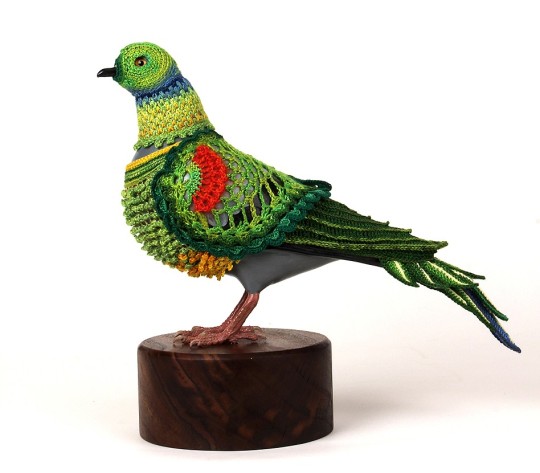
Seychelles Parakeet
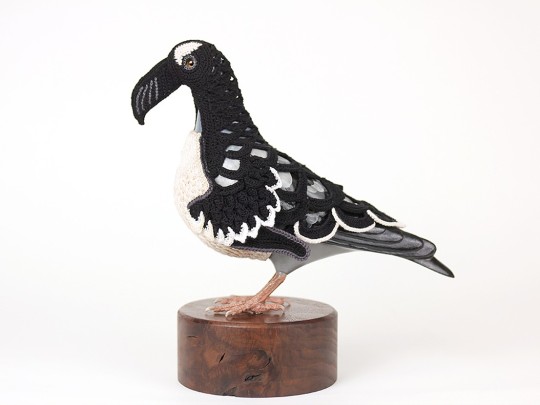
Great Auk

Passenger Pigeon
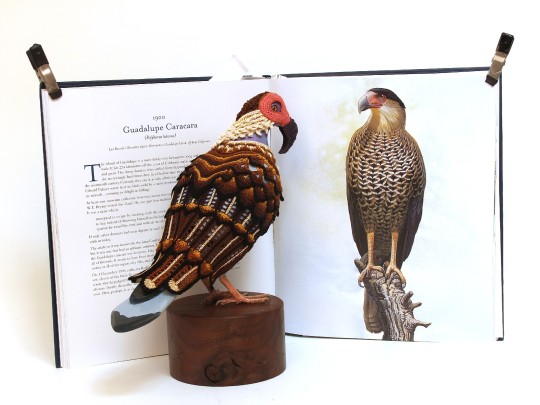
Guadalupe Caracara
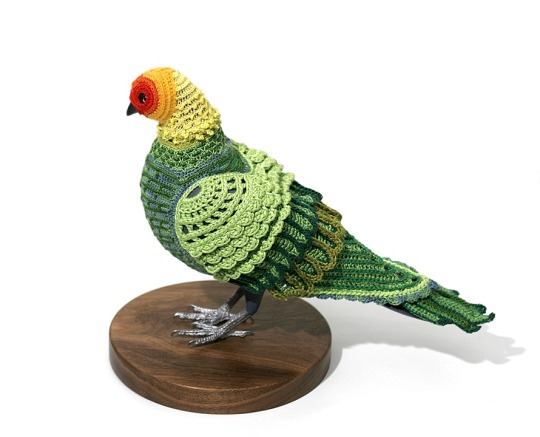
Carolina Parakeet
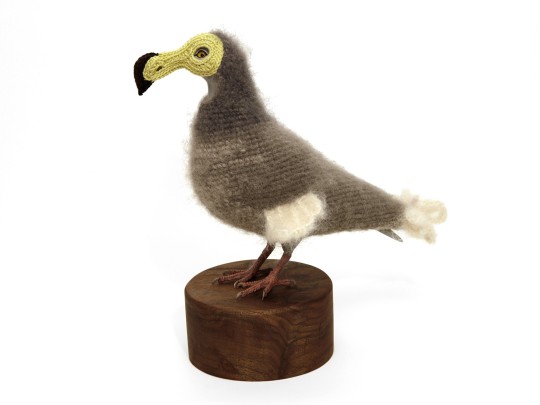
Dodo
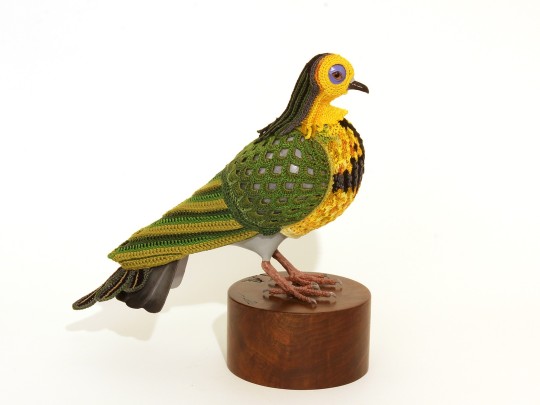
Bachman's Warbler
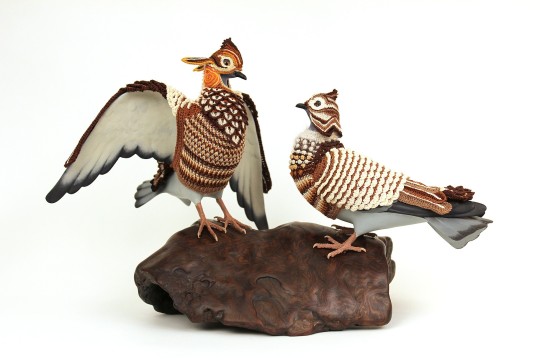
Heath Hens
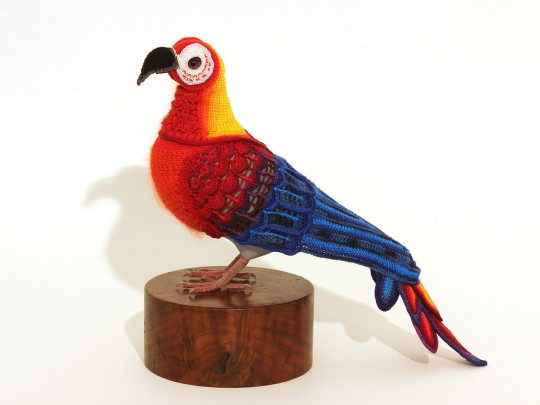
Cuban Red Macaw
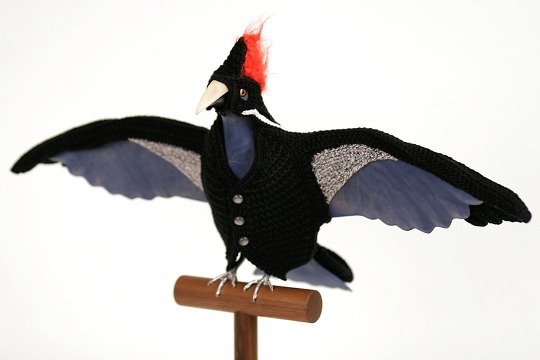
Ivory Billed Woodpecker

Paradise Parrot
155 notes
·
View notes
Note
📷 What’s set as your phone’s lockscreen?
🍪 If you were a cookie, what kind would you be?
🐶 Are you more of a dog person or a cat person?
☕ Coffee or tea?
🦖 Favorite extinct animal?
👀👀👀?
📷- a pic of my dog (can't find it)
🍪- not sure probably chocolate chip bc i like them
🐶- i love both😭
☕- coffee but im also an iced tea addict
🦖- idk probably the cuban macaw or the carrier pigeon
5 notes
·
View notes
Text
Guacamaya, the chicharrón torta that was born in Guanajuato
Anyone who has been to Guanajuato and has not tried an authentic Guacamaya(macaw) must return! We tell you how this deliciousness is prepared.
We Mexicans are specialists in something -after tacos- it is in tortas. We have all kinds, flavors and sizes. From the classic ham torta to the Cuban torta that has everything (but really everything). The range of versions that we have of this appetizer…
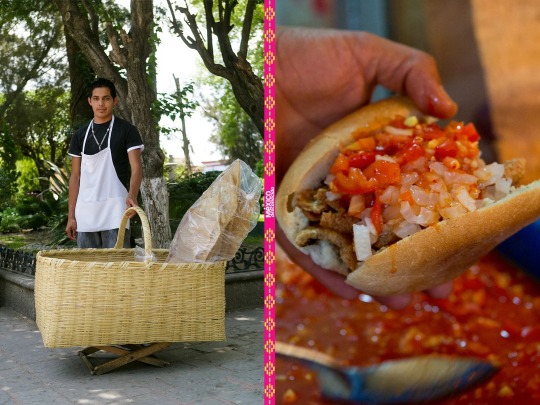
View On WordPress
0 notes
Text
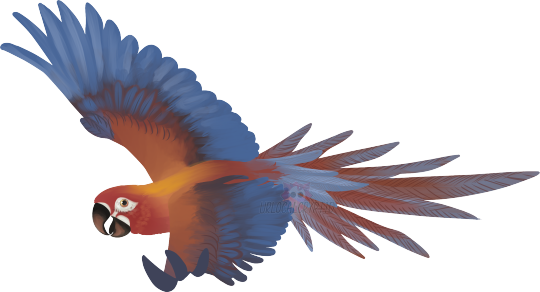
Cuban Macaw (extinct 1885)
Cuban macaw was one of the smallest macaws and was endemic to main island of Cuba. Little is known about its behaviour but it was reported to have nested in hollow trees and lived in pairs or families. It fed on seeds and fruit. These birds were brought to Europe after European colonization to be bought as cage birds. There are no modern skeletons but there are 19 skins in various museums. They likely became extinct due to a mix of hunting, trade, and habitat destruction.
278 notes
·
View notes
Photo
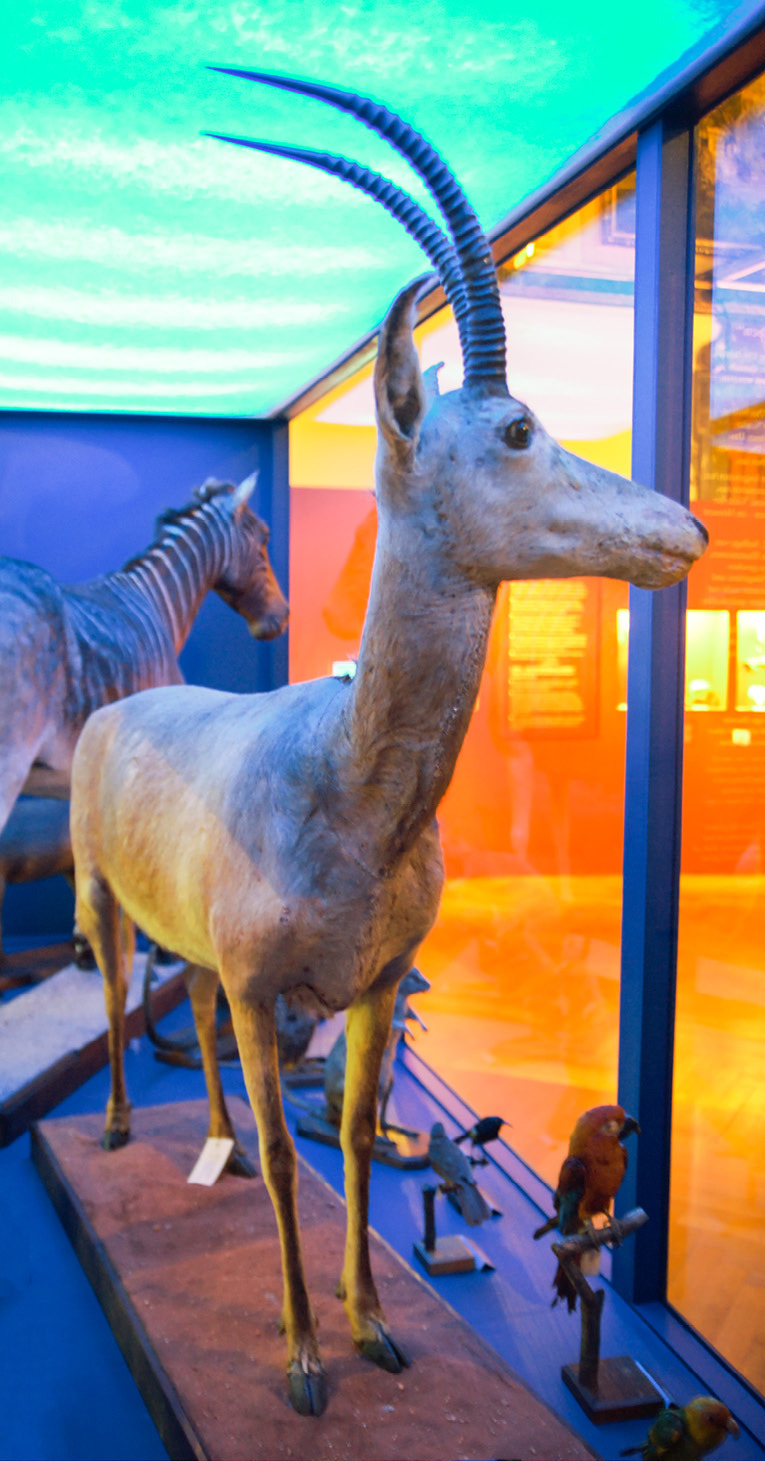
A rare taxidermied bluebuck (Hippotragus leucophaeus) displayed along with other extinct animals including a quagga, toolache wallaby, huia, Cuban macaw and Carolina parakeet at the Naturhistorische Museum in Vienna, Austria. Photo by Sandstein, 2009.
There are just four bluebuck skins in the world, and the Vienna specimen is the only female among them.
212 notes
·
View notes
Photo

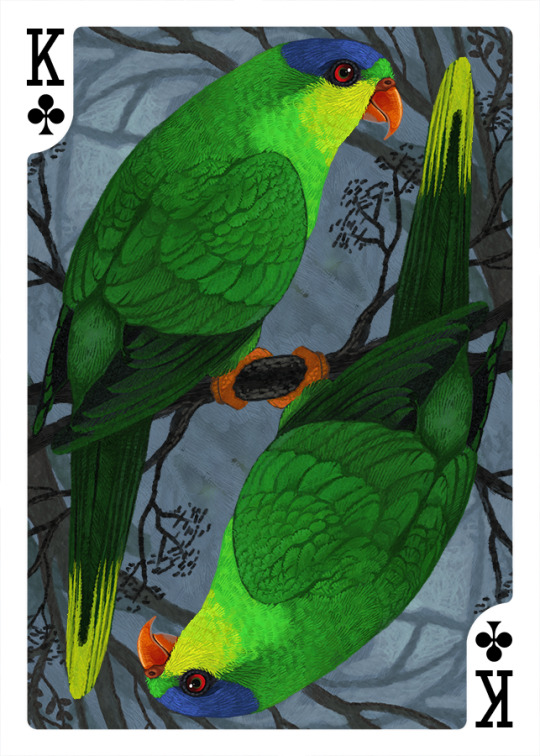

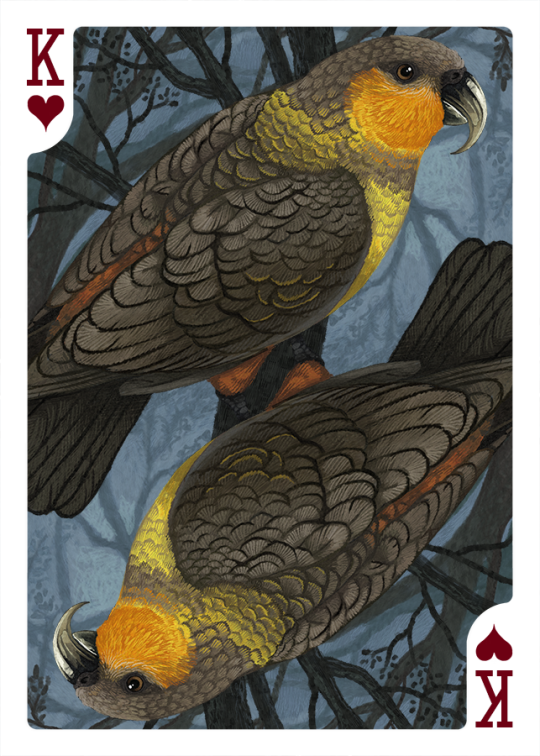
The Kings for the extinct deck! My fav is the Broad-billed parrot (the diamonds).
https://www.kickstarter.com/projects/playingcarddecks/parrot-bicycle-playing-cards-standard-and-extinct-edition
#parrot deck#parrots#broad-billed parrot#cuban macaw#new caledonian lorikeet#norfolk kaka#extinct parrots#kickstarter
101 notes
·
View notes
Link
Wikipedia article of the day is Cuban macaw. Check it out: https://ift.tt/2Bmy8Pn
1 note
·
View note
Photo
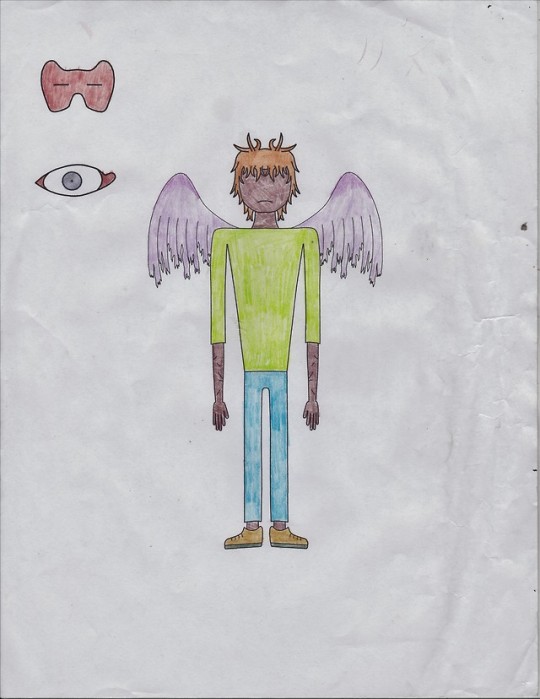
Submittd by @the-so-called-bird
Name: Dasher Skojdven.
Age: 21.
Gender: Male.
Height: 6 foot.
Weapon: Fists.
Siren name: Cuban Macaw
Wingspan: Was 16 feet before the feathers were cut. Now they are about 2 feet.
Interesting Details: Almost 100% blind and has a knack for being stabbed by thieves.
Voice Claim: Jacksepticeye.
Musical Instrument: Nyckelharpa.
Likes: Friendly people, children, sweets, cooking, crafts, buttercups, bunnies, hamsters, lilacs, and colourful hair.
Dislikes: Rude people, death, wolves, crimes, squirrels, alcohol, spicy food, weapons, and evil pressances.
Backstory: Born completely blind in one eye and almost 70% in the other his parents have worried about what will happen to him on a daily basis. His life has been for the most part calm and quiet. One day his parents got into a drunken fight about what will happen when he is old enough to live on his own causing them to divorce. He has since then begun living by himself to prove to them that he is capable enough to do so.
Favourite quote: There is no such thing as coincidence in this world, there is only inevitability.
7 notes
·
View notes
Text
Should we be troubled by the fact that, until efforts were made recently to reintroduce parrots to Martinique, there were no endemic species left on the island? How much should we grieve for the Cuban Red Macaw? Should we mourn the Caribbean monk seal? [...] Hostages to the economic demands of metropolitan centers not always aware of the environmental damage caused by their policies [...], the islands of the Caribbean have experienced successive waves of ecological assault chronicled in fiction and nonfiction alike through countless narratives of extinction. [...] [I]n June 2008 the monk seal finally joined the growing list of victims of ecological changes unleashed by colonialism and postcolonial tourism development in the Caribbean basin. [...] The Caribbean is (alas!) one of the world’s hotspots [...] [w]ith around 7,000 species of plants and 160 bird species found nowhere else in the world [...]. The Caribbean region’s subordinate entry into global mercantilism in the sixteenth century continues to haunt us. [...] The history of fauna extinctions as recorded in the literature of the Caribbean region chronicles the impact of [...] “slow violence [...].“
-----
Barbados, one of the earliest plantation settlements in the Caribbean, is perhaps the best example of the impact of habitat collapse in the region in the first centuries of the European conquest. Colonized by English Royalists sent “beyond the sea” by a victorious Oliver Cromwell in the early seventeenth century, it was completely deforested in a little over twenty years as planters submitted nearly 80 percent of the landmass to sugar cultivation -- a fate that the small colony would quickly share with neighboring islands. As Shawn Miller explains in An Environmental History of Latin America:
Scores of plants, mammals, reptiles, and birds were unique to each island, an an uncounted number of species, possibly ranging in the thousands, without their forest habitats, disappeared forever without [...] notice. On Barbados, a few deletions were noted: the palmito palm, the mastic tree, the wood pigeon, a few species of conures, the yellow-headed macaw, and one variety of hummingbird -- all vanished. No monkey species survived sugar’s colonization, and of the 529 noncultivated species of plants found on Barbados today, only 11 percent are native to the island.
-----
Throughout the Caribbean, deforestation to clear the land for sugar plantations led to the loss of a variety of unusual native rodents like the hutia and shrew-like insectivores, many of them ancient species that have now not been seen for centuries. The Martinican Amazon parrot became extinct due to habitat loss as the island was cleared for agriculture in the seventeenth century; it has not been recorded since 1722. In 1699, Pere Labat [...] described a large population of small parrots living on Guadalupe, named Arantiga labati [...], of which no specimens have been recorded since the mid-eighteenth century. Fifteen mammals have become extinct in Hispaniola [...] due to the severe deforestation of Haiti. Jamaica was home to a monkey, the Xenothrix mcgregori, lost when its forest habitat was cut by European colonists. It died out in the 1750s. The Cuban Red Macaw was reasonably common around 1800 in Cuba. Human encroachment in its habitats increased dramatically in the early nineteenth century, when Cuba intensified its sugar production to meet the demand created by the collapse of the St. Domingue sugar mills after the Haitian Revolution. [...] The last one is believed to have been shot in 1864 at La Vega in the vicinity of the Cienaga de Zapata swamp [...]. Nine species of Antillean iguanas and snakes became extinct after Europeans introduced mongoose and rats to protect sugar cane workers in the nineteenth century, joining the uncounted species that have disappeared due to the introduction of [...] species. [...] In 2008, the Caribbean monk seal (Monachus tropicalis ...) -- the only subtropical seal native to the Caribbean Sea and the Gulf of Mexico -- was declared officially extinct [...].
-----
The concern for the impact of biodiversity loss in writings about the Caribbean can be found in some of the earliest literary and proto-literary texts written about the region. [...]
Aphra Behn, in her novel Oroonoko, published in 1688, already pondered what the increasingly intense clearing of the Caribbean forests would mean for the Indigenous peoples and animals relegated to the diminishing woods. Behn’s sojourn in Suriname in 1653 coincided with what has been called “The Great Clearing,” the period between 1650 and 1665, marked by devastating deforestation throughout the British and French Caribbean [...] particularly for refining the sugar. [...] At the dawn of the eighteenth century, Pere Labat [...] written at a time of fast plantation development in Martinique and Guadalupe, writes of his concerns with the loss of biodiversity. In Guadalupe he had encountered the diablotin, an ungainly bird the size of a pullet that lived in “a hole in the mountains, like rabbits.” [...] Their trajectory as a species had already been inexorably derailed by colonial agricultural expansion [...].
-----
Lizabeth Paravisini-Gebert. “Extinctions: Chronicles of Vanishing Fauna in the Colonial and Postcolonial Caribbean.” 2014.
194 notes
·
View notes
Photo
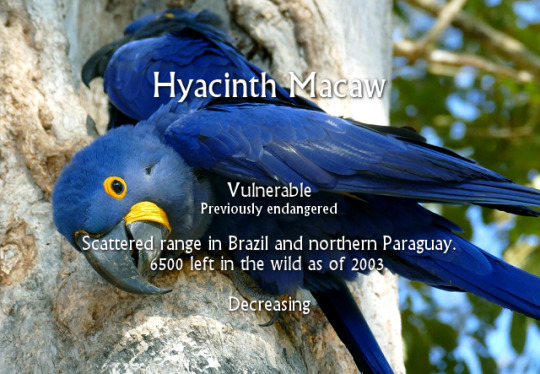

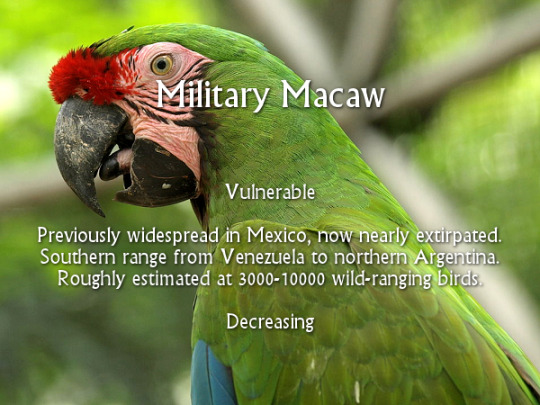
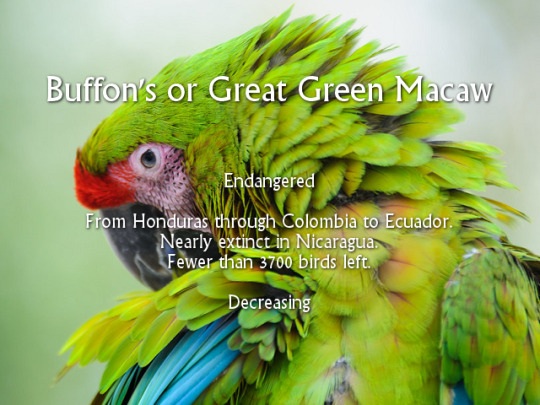


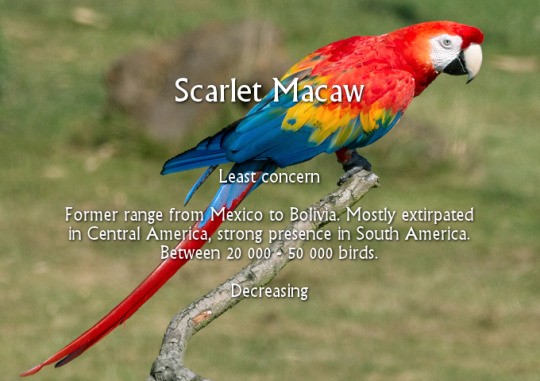
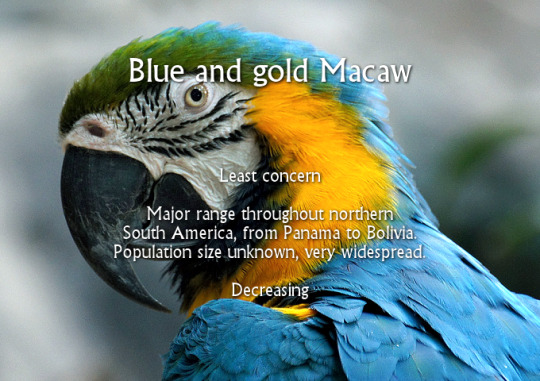

The Great Macaws
Also the Glaucous and Cuban Macaws, which are extinct.
I knew that all large macaws except for the B&G and greenwing are CITES Appendix 1, which means trade in them is heavily restricted, but I did not know the IUCN status (least concern - near-threatened - vulnerable - endangered - critically endangered) until yesterday, when I looked it up.
I would love to have a Buffon’s and blue-throated but I feel it would be selfish to keep any of these highly endangered birds out of a captive breeding program, especially the blue-throat.
All of these, except for the Lear’s, are found in the pet trade of North America and Europe, from commonly to very occasionally. The pet trade in the west are not harming the birds, since they are captive-bred for generations, but it would be a waste of genes to keep single birds with no aim to breed them.
Edit: The red-fronted was not included in the upload for some reason.
45 notes
·
View notes